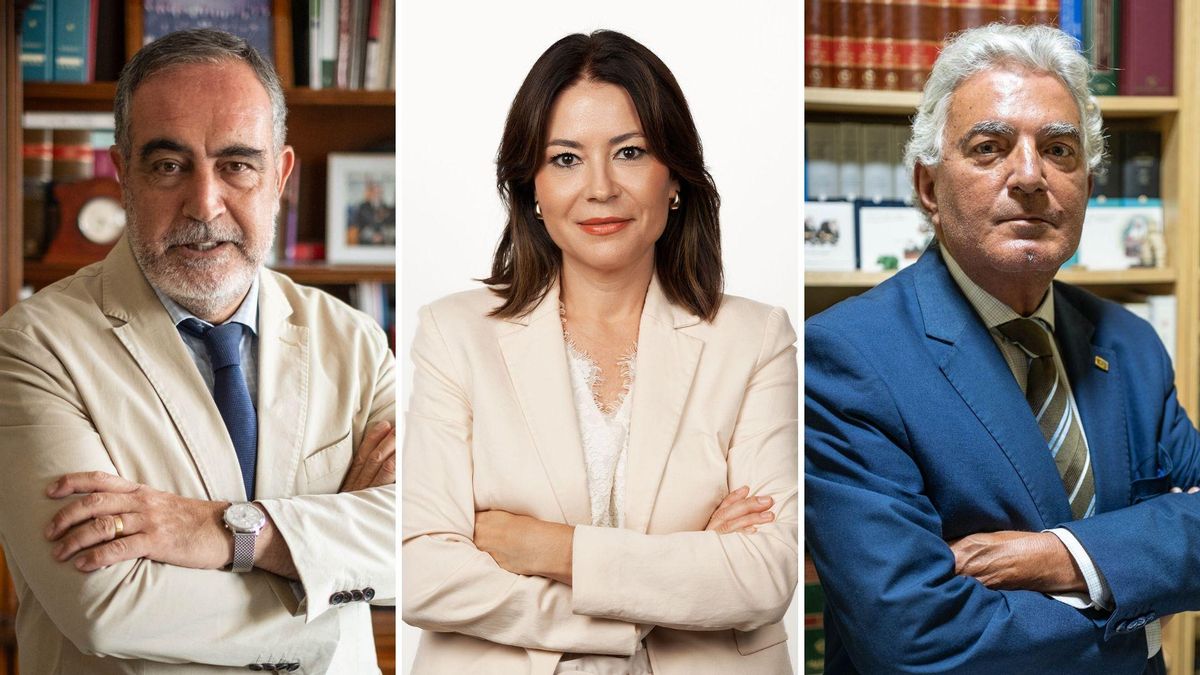Tías Municipality Seizes Historic Opportunity for Transformation

The municipality of Tías is presented with a historic opportunity: to reinvent itself for the future while preserving the essence that has defined it for generations. The proposal for the creation of an Urban, Rural, and Tourist Strategic Rehabilitation Plan aims to not only rectify past mistakes but to project the municipality towards a sustainable, authentic, and distinct model. This is how the new political party Marea Viva describes its vision for the southern municipality, looking towards both the present and the future.
Preserving Identity and Tradition
The objective is clear: to safeguard customs and traditions, enhance local architecture, and give each village its unique identity. Masdache, Conil, Mácher, La Asomada, Tías, Tegoyo, and Puerto del Carmen should each shine with their own light, reflecting their history, people, and landscapes.
Community-Centric Approach
According to a press release issued this Sunday, the plan is envisioned as a civic participation project, where the true protagonists will be the residents who have shaped the character of the municipality: farmers, ranchers, builders, artisans, painters, sculptors, and many others who have made their mark.
“We do not want a municipality that resembles any other place in the world. We want Tías to be identifiable with a single image, reflecting tradition, culture, and sustainability,” the promoters of the initiative assert.
Key Proposals of the Plan
Among the proposed initiatives within this plan are the following:
- Restoration of traditional architecture, opting for cobbled streets instead of asphalt in town centres, and white houses integrated harmoniously with the volcanic landscape.
- Unique sculptures and elements at the entrances of each village to differentiate them and provide a characteristic identity. For example, a giant barrel at the entrance of Masdache or any other symbol representative of the area.
- Bus stops designed to blend with the surroundings, tailored to the aesthetic of each locality.
- Promotion of popular culture, from traditional wrestling and the candle festival to folklore and local festivities. Encouraging typical Canarian dishes and using indigenous cultural names in businesses to ensure their preservation.
- Advancement of sustainable architecture that respects the environment and the island’s history. Enhancing climate resilience by increasing green zones through reforestation projects with native tree species that are adapted to Lanzarote’s ecosystem, while also providing natural shade that offers climatic and aesthetic benefits, reducing temperatures and creating relaxation spaces. Additionally, the plan supports the revival of traditional crops such as tomatoes and onions, which can thrive in the region’s arid climate.
The proposal underscores that globalisation is homogenising territories, and thus Tías must embrace its uniqueness. “We live in a different paradise; let’s continue to do so, but with long-term perspectives for the future,” they emphasise.
A Vision for Lasting Change
This Strategic Plan for the Rehabilitation of Tías aims to establish a long-term commitment, serving as a guide to achieve a balance between modernity and tradition, where each village can find its voice and showcase it to the world.
The challenge is significant, yet so is the enthusiasm of those who believe that Tías can herald a new era in how municipal development is conceived in Lanzarote.













